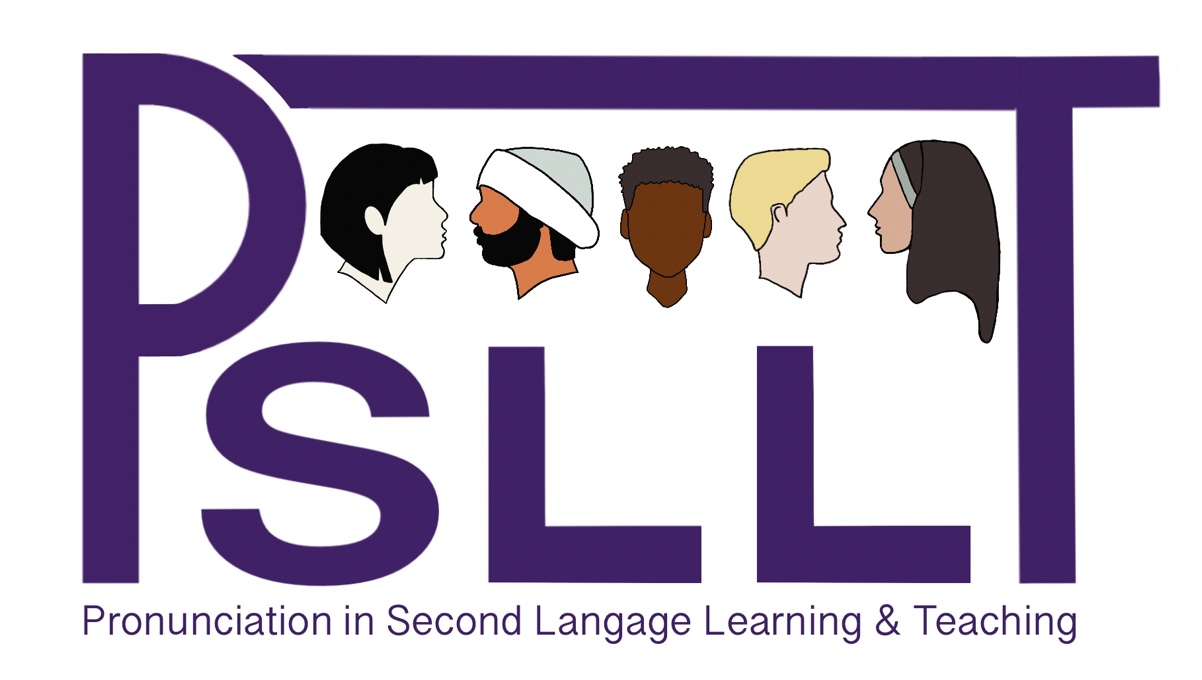Modeling Classroom Language Learners’ Comprehensibility and Accentedness Over Time
- Charles L. Nagle (Iowa State University)
Abstract
Significant scholarship has focused on the development of L2 oral skills in naturalistic language learning. However, few studies have examined how instructed learners’ pronunciation develops over time, despite the importance of the classroom context. This study addressed this gap by investigating L2 Spanish learners’ comprehensibility and accentedness over a yearlong period. Twenty-six learners completed a sentence-building task on five occasions distributed throughout their second, third, and fourth semesters of college-level Spanish language instruction. Learners received 20 sets of images, combining the images in each set to form a simple sentence in Spanish. Eighteen native Spanish listeners rated learners’ recordings for comprehensibility and accentedness using 9-point Likert scales, and mixed-effects models were fit to the ratings data using R. Learners were rated as quite comprehensible despite the presence of a moderate to strong foreign accent. Although both comprehensibility and accentedness improved over time, rates of change varied. Comprehensibility improved quickly but was subject to greater deceleration in rate of change over time. In contrast, accentedness improved steadily and did not exhibit the same degree of flattening as comprehensibility. These results intersect with work on naturalistic learners and suggest that pronunciation development may be characterized by phases of change.
How to Cite:
Nagle, C. L., (2017) “Modeling Classroom Language Learners’ Comprehensibility and Accentedness Over Time”, Pronunciation in Second Language Learning and Teaching Proceedings 9(1).
Downloads:
Download PDF
View PDF
